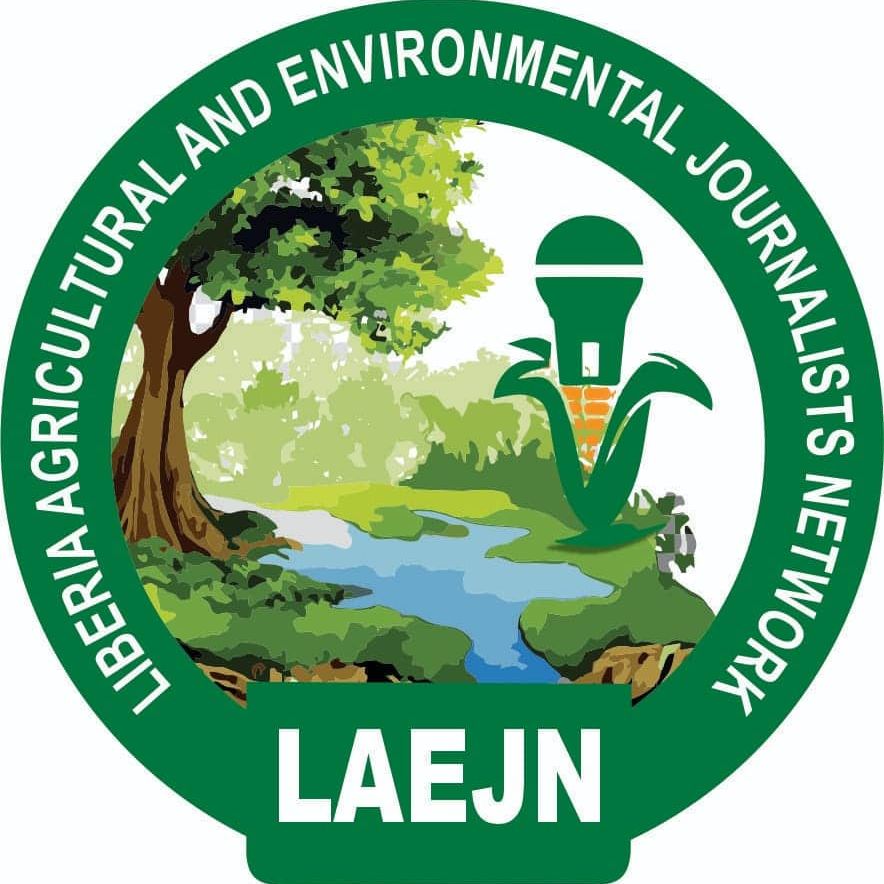By: Richard Williams/0775339618/ 0881084573/ richardwilliamsp30@gmail.com
The Seinjeh Agricultural Production and Marketing (SAPM) Partnership Farm, once a modest subsistence-level operation in Senjeh District, Bomi County, has emerged as a model for mechanized, market-driven agriculture—thanks to transformative support from the Smallholder Agriculture Transformation and Agribusiness Revitalization Project (STAR-P), implemented by the Ministry of Agriculture with funding from the World Bank and International Fund for Agriculture Development (IFAD.
According to Mohammed Dukley, Operations Manager of SAMP Partnership Farm, the STAR-P matching grant has significantly elevated the farm’s infrastructure, capacity, and overall productivity. “When it comes to infrastructure enhancing our work, we are very well seated and okay,” said Dukley, expressing satisfaction with the level of support received under the STAR-P initiative. “We now have the essential infrastructure in place—modern processing equipment, reliable storage facilities, and access to mechanized tools. These improvements have completely changed the way we operate, making our work more efficient, less labor-intensive, and far more productive.” Dukley remarked.

Dukley explained that Farm operates through three integrated and interdependent phases—production, processing, and aggregation—which together form a complete and efficient value chain model. This integrated approach marks a fundamental shift from traditional farming practices to a more holistic, market-oriented agri-business system.
“We have structured our operations to run in phases—starting with production, then processing, and finally aggregation,” Dukley said. “Each phase supports the next, and together they allow us to function efficiently and competitively in the rice value chain.”
In the production phase, the farm uses modern farming techniques and mechanized equipment such as tractors and harvesters to cultivate rice on a larger scale. This shift from manual labor to mechanized operations has drastically improved productivity and labor efficiency.
“Mechanization has changed everything,” Dukley noted. “Before, we relied heavily on manual labor, which limited how much we could cultivate. Now, with tractors and other machines, we’re covering more land in less time and producing higher yields.”
The Seinjeh Agricultural Production and Marketing (SAPM) Partnership Farm now boasts a state-of-the-art rice processing facility capable of producing one metric ton of finished rice per hour, marking a significant leap forward in post-harvest handling and value addition within Liberia’s agricultural sector. This cutting-edge facility represents more than just a technological upgrade—it is a symbol of how targeted investments and public-private partnerships can revolutionize food systems in emerging economies.
This high-capacity processing plant not only accelerates the speed at which raw paddy rice is transformed into market-ready, polished rice, but it also ensures higher quality standards, uniform packaging, and enhanced food safety protocols. By drastically reducing post-harvest losses—which have historically plagued smallholder farmers—the facility helps preserve both the quantity and quality of the harvest, leading to increased profitability and reduced food waste.
Furthermore, the plant contributes to improved shelf-life and market competitiveness of locally produced rice, allowing Liberian rice to better compete with imports in terms of both quality and price. With processing happening on-site, Harmon Farm is now better positioned to stabilize
“With the mill, we’re no longer selling just paddy—we’re delivering polished, high-quality rice ready for the market,” Dukley explained. “It means better prices, longer shelf-life, and greater control over the final product.”
Aggregation—is a critical component of the farm’s integrated model, designed not only to sustain the operations of its high-capacity rice mill but also to strengthen the broader agricultural ecosystem. This phase involves sourcing rice not just from the farm’s own production but also from surrounding smallholder farms, allowing Harmon Farm to serve as a collection and coordination hub within the rice value chain.
“We realized early on that for the factory to operate at full capacity, we need more rice than we alone can produce,” Dukley explained. “A one-metric-ton-per-hour facility is no small operation. Without a steady supply of paddy rice, the equipment risks sitting idle, and that’s not an option.”
This aggregation model is creating a ripple effect in the region, as more farmers are now incentivized to expand rice cultivation, knowing they have a reliable processing and market outlet. It also reduces post-harvest losses for smallholders, who often lack the tools and infrastructure to dry, store, or sell their rice efficiently.
“We’re not just building a business—we’re building a network,” Dukley said. “And that network is growing. More farmers are seeing the benefit of working together. They know that with Harmon Farm, there’s a guaranteed buyer, a place to store their rice, and machinery to get the job done.”
From a development perspective, this approach supports inclusive growth, linking smallholder farmers to formal markets and integrating them into a more efficient and profitable value chain. It also enhances community resilience, as farmers are no longer left on their own to struggle with production or seek distant markets.
“We’re no longer just farming to survive,” he concluded. “We’re farming to feed communities, support local economies, and reduce Liberia’s dependence on imported rice. This is what it means to be part of a national food system.”
The Seinjeh Agricultural Production and Marketing (SAPM) Partnership Farm story illustrates the broader impact of the STAR-P initiative, which aims to strengthen Liberia’s agricultural value chains by addressing key bottlenecks in infrastructure, market access, and mechanization. By transforming production from manual labor to technology-enabled processes, STAR-P is not only improving yields but also making agriculture more attractive to youth and rural entrepreneurs.
The transformation comes at a crucial time as Liberia works to reduce its dependence on imported rice and strengthen domestic food security. Seinjeh Agricultural Production and Marketing (SAPM) Partnership Farm’s ability to process rice at industrial levels aligns with national goals of self-sufficiency, import substitution, and rural development
 Liberia Agricultural and Environmental Journalists Network (LAEJN) Promote informed journalism and public engagement on agricultural and environmental nalists Network (LAEJN)
Liberia Agricultural and Environmental Journalists Network (LAEJN) Promote informed journalism and public engagement on agricultural and environmental nalists Network (LAEJN)






